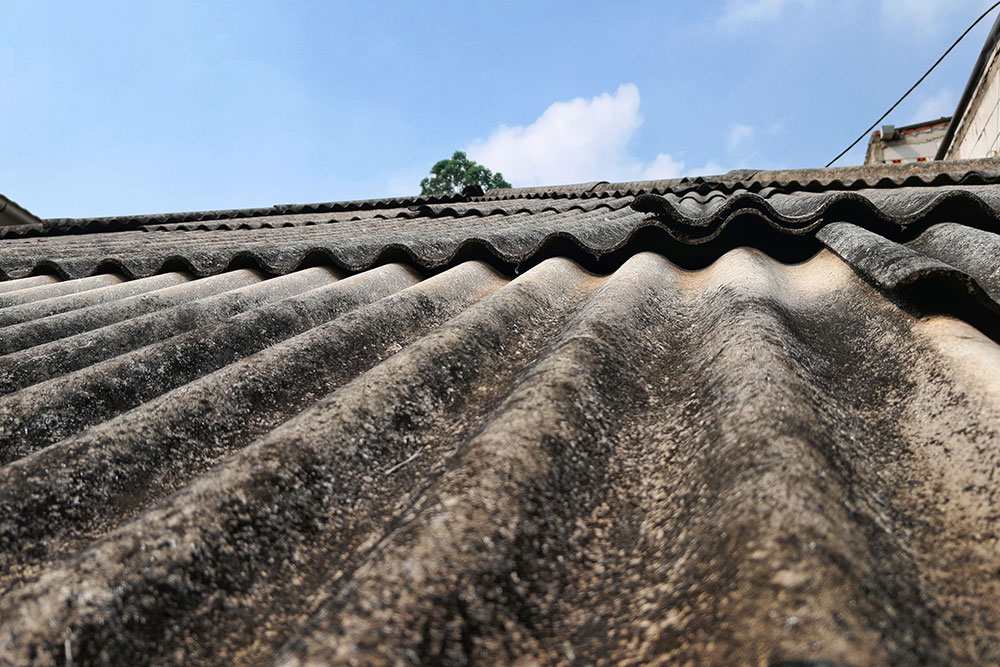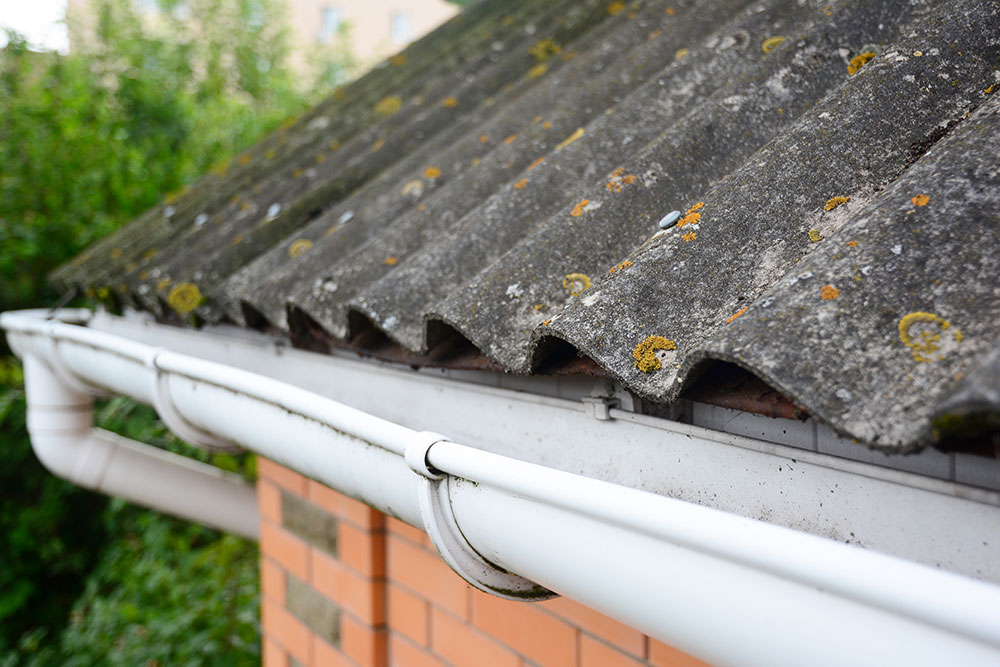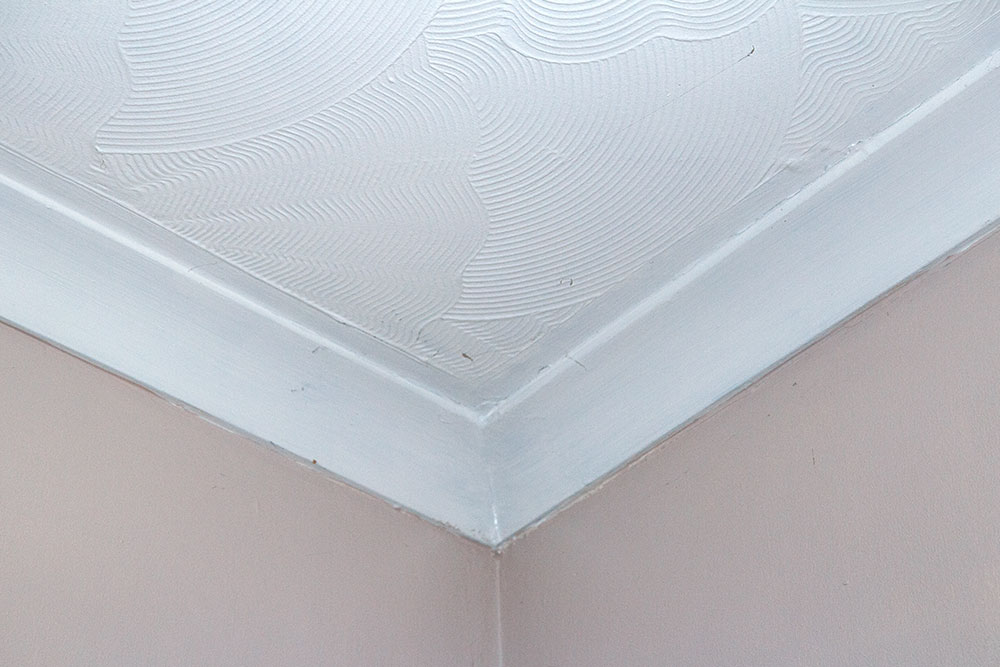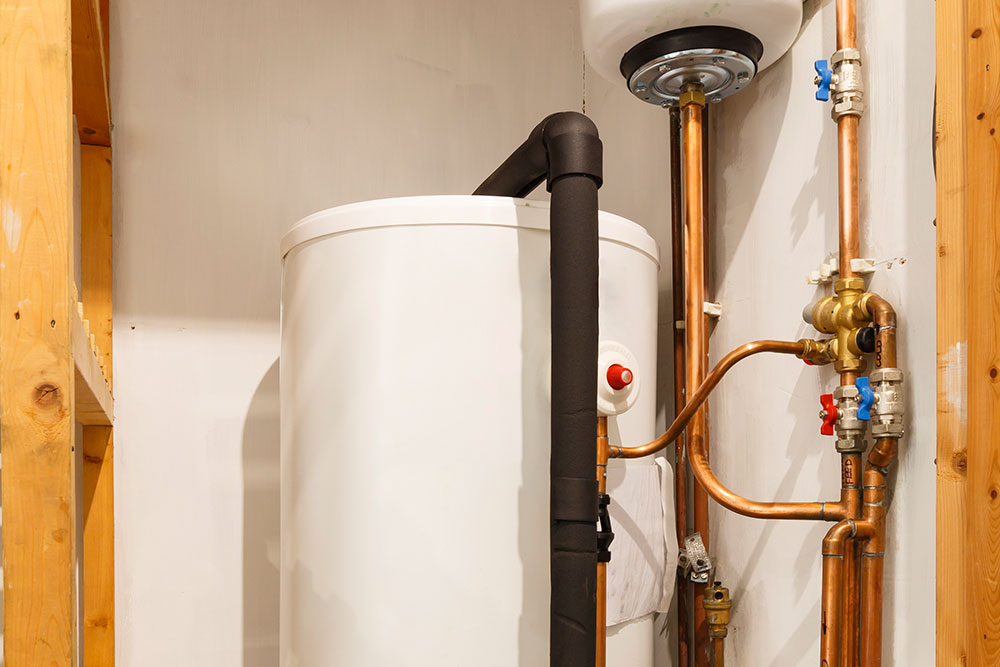CASE STUDIES
Asbestos Report
Case Study
Asbestos poses a threat to health if fibres which may be released when it’s damaged are inhaled by humans. If undisturbed, it’s typically safe. See what our case study uncovered.
- Checking all areas of the home
- Extensive ACMSs laboratory testings
- Senior Technical Specialist in direct contact with clients
An inspection that gave homebuyers invaluable information so the sale could proceed
Some words strike fear into home buyers’ hearts and none more than ‘asbestos’. The fact is that it was only banned in the UK in the mid-1990’s and it’s present in many materials – artex, lagging, some cement products, thermos-plastic floor tiles to name but a few. The problem is that without testing, it’s difficult to know how much asbestos content, if any, a material contains.
Asbestos poses a threat to health if fibres which may be released when it’s damaged are inhaled by humans. If undisturbed, it’s typically safe. Correctly assessing and managing the risks posed by asbestos needs balanced advice from a knowledgeable professional who understands residential property.
It’s why the reassurance that this inspection gave to homebuyers proved to be invaluable and meant that the purchase of this one-bedroom residential property could proceed.
Our aim was to identify any suspect asbestos-containing materials (ACMs) within the building not just the roof and ceilings
The buyer had been alerted to the possibility of asbestos content in stippled ceiling finishes throughout the property. A detailed inspection of the property (not just ceilings) was carried out by an asbestos specialist. Their aim was to identify any suspect asbestos-containing materials (ACMs) within the building that could potentially be damaged or disturbed during normal occupancy, maintenance, or installations.
Samples were taken during the inspection that were subsequently sent for laboratory testing. This survey involves careful assessment and analysis to evaluate the condition of ACMs and their potential to release harmful fibres into the air if disturbed.
The specialist then compiled a detailed report encompassing an asbestos register, material risk assessment, and floor plans, highlighting the specific areas and rooms where these ACMs were identified. Obviously, it’s important that the client understands the implications of the report, so one of the specialist’s senior technical team spoke directly with the client to talk through the report’s findings, and recommendations in detail.
The Conclusion
In this instance, the identified asbestos-containing materials were categorised as low-risk, indicating they were in good condition and unlikely to be disturbed.
As a result of the report’s clear advice and the helpful follow-up conversation the client concluded correctly that the risk associated with these materials was minimal. They felt happy to proceed with the property purchase and to enjoy their new home.
”The survey was very thorough, the support team polite and efficient. I would highly recommend Specialist Xpress for any house purchase.
Victoria Eskridge





